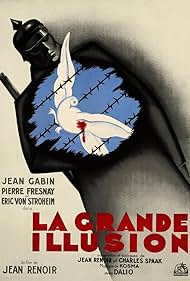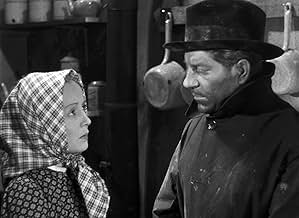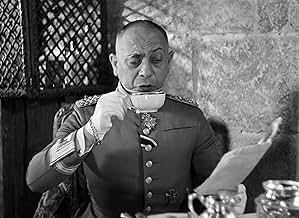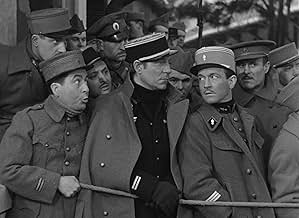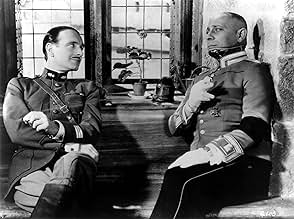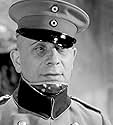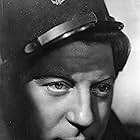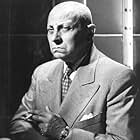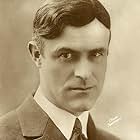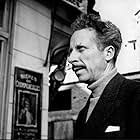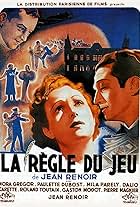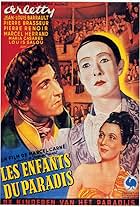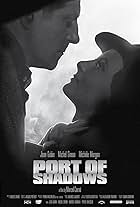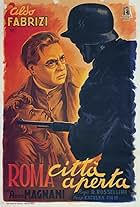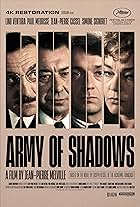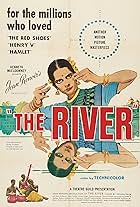IMDb RATING
8.1/10
40K
YOUR RATING
During WWI, two French soldiers are captured and imprisoned in a German P.O.W. camp. Several escape attempts follow until they are eventually sent to a seemingly inescapable fortress.During WWI, two French soldiers are captured and imprisoned in a German P.O.W. camp. Several escape attempts follow until they are eventually sent to a seemingly inescapable fortress.During WWI, two French soldiers are captured and imprisoned in a German P.O.W. camp. Several escape attempts follow until they are eventually sent to a seemingly inescapable fortress.
- Nominated for 1 Oscar
- 6 wins & 2 nominations total
Erich von Stroheim
- Le captaine von Rauffenstein
- (as Eric von Stroheim)
Julien Carette
- Cartier - l'acteur
- (as Carette)
Georges Péclet
- Le serrurier
- (as Peclet)
Jean Dasté
- L'instituteur
- (as Daste)
Sylvain Itkine
- Le lieutenant Demolder
- (as Itkine)
Gaston Modot
- L'ingénieur
- (as Modot)
Marcel Dalio
- Le lieutenant Rosenthal
- (as Dalio)
Jacques Becker
- L'officier anglais
- (uncredited)
Habib Benglia
- Le sénégalais
- (uncredited)
Pierre Blondy
- Un soldat
- (uncredited)
Albert Brouett
- Un prisonnier
- (uncredited)
George Forster
- Maison-Neuve
- (uncredited)
Karl Heil
- Un officier de la forteresse
- (uncredited)
- Director
- Writers
- All cast & crew
- Production, box office & more at IMDbPro
Storyline
Did you know
- TriviaJoseph Goebbels made sure that the film's print was one of the first things seized by the Germans when they occupied France. He referred to Jean Renoir as "Cinematic Public Enemy Number 1". For many years it was assumed that the film had been destroyed in an Allied air raid in 1942. However, a German film archivist named Frank Hansel, then a Nazi officer in Paris, had actually smuggled it back to Berlin. Then when the Russians entered Berlin in 1945, the film found its way to an archive in Moscow. When Renoir came to restore his film in the 1960s, he knew nothing of Hansel's acquisition and was working from an old muddy print. Purely by coincidence at the same time, the Russian archive swapped some material with an archive in Toulouse. Included in that exchange was the original negative print. However, because so many prints of the film existed at the time, it would be another 30 years before anyone realised that the version in Toulouse was actually the original negative.
- GoofsAs the WWI German soldiers are celebrating a French fort's capture, the map on the wall of the officers club is clearly an inter-war (1919-1938) map of Germany.
- Quotes
Capt. de Boeldieu: For me it's simple. A golf course is for golf. A tennis court is for tennis. A prison camp is for escaping.
- ConnectionsEdited into Histoire(s) du cinéma: La monnaie de l'absolu (1999)
Featured review
Just saw it again on TCM, and now I see things in the film that make me question my high regard and admiration for it. This classic film has a special glow of humanity, which makes it unique and instinctively accessible. One can understand why it was such a hit in 1937. At the same time, this is not a surrealist film or a satire as the title might suggest, but an interpretation of horrific events from the point view of a humanist, and in that sense you get the inspirational message which seeks to outweigh other issues, but if you stop and think about the whole thing you end up appalled by some of the conclusions you might end up with. If it had successfully advanced the theme that war is hell and that men seek to preserve their humanity under these conditions, fine. But that is not the end result: the balance between the anti-war message and the idea that WWI was a gentlemen's war and that it brought the best out of men somehow leans on screen towards the latter and lends the film to negative interpretations. Renoir refuses to openly condemn war nor show its ugly face but by implication. And you can't say that wasn't Renoir's style, given his in-your-face condemnation of the attitudes of French's aristocracy prior to WWII in The Rules of the Game. Renoir emphasizes the men being pals and patriotic, eating well, joking, and dancing, which is what Renoir as a humanist understands men wish to do instead of fight, but the lack of any substantial sense of horror and suffering makes for an unbalanced film. The suffering is almost all psychological (life away from home and wife, loneliness) but it is hardly felt, except in the part of the story with the German woman, which is very successfully told. The physical suffering is not exposed at all, except for von Stroheimm's ailments, which are discussed tangentially, and even that suffering is mentioned but not felt. Renoir seems to expect the audience to presuppose the horror and the suffering. Renoir's conclusions in this film are confusing, naive and might even be considered downright insulting, particularly in the historic period this film was made. The problem might not be in Renoir's point of view or intentions but in what he actually put on the screen. So all in all, I'm not sure what Renoir is saying in this film, and therefore can not regard it as highly as I once did. I also agree with other reviewers that Renoir's technique is extraordinary but that the script is a mess. All in all, if you trust Renoir and stay with the humanistic theme and try to avoid any other interpretation you will still feel this is a great film, if not, then you will have serious reservations. I for one now have doubts.
- How long is The Grand Illusion?Powered by Alexa
Details
- Release date
- Country of origin
- Languages
- Also known as
- Grand Illusion
- Filming locations
- Production company
- See more company credits at IMDbPro
Box office
- Gross worldwide
- $21,840
- Runtime1 hour 53 minutes
- Color
- Aspect ratio
- 1.37 : 1
Contribute to this page
Suggest an edit or add missing content

